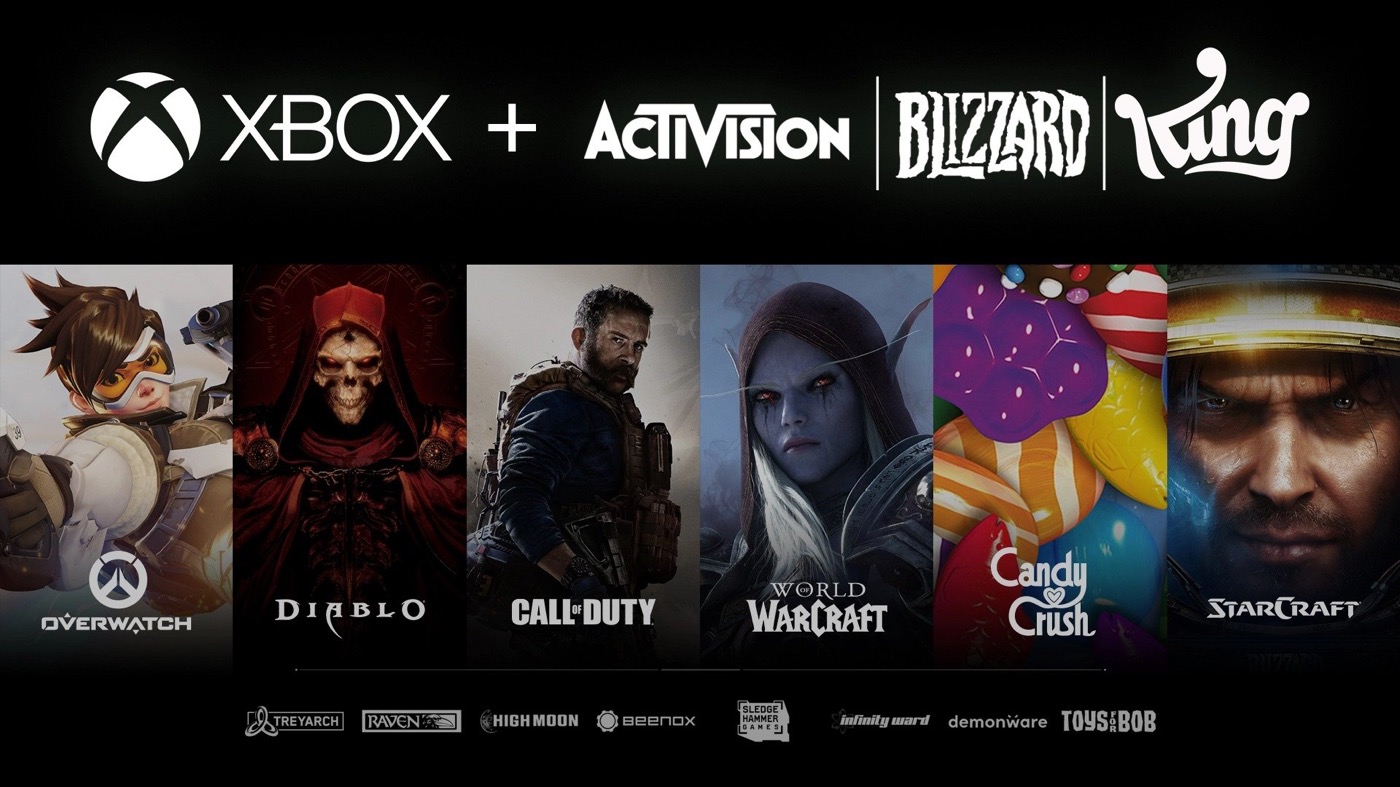What are education platforms on the web?
The importance of using educational platforms to develop your online program
Online learning has become a popular way to acquire new skills and knowledge. This is because it is convenient, flexible and affordable. The rise of e-learning has also led to an increase in the number of online courses available. This means there are more options available for people who want to learn something new or update their skills. An online course can be taken anytime and from anywhere. It is also possible to take an online course while working full time or studying another subject at school. This means you can continue your current lifestyle while you study for your degree without having to stop what you’re doing to take classes every day. Online courses also offer a range of benefits to students, including the opportunity for social interaction with other learners, teaching methods and materials that encourage better learning and faster results, flexibility in timetables, the possibility of learning at home or during downtime, easy access anywhere in the world thanks to online video.
Top 3 educational platforms available for online use
- Khan Academy. Khan Academy is a non-profit educational organization that offers free online training. It’s a great resource for people who want to learn more about math, science and history, art, finance, and computer programming;
- Lynda.com. Lynda.com is an online learning platform that offers courses on various topics such as design, software development, business and marketing skills;
- MIT OpenCourseWare. MIT opencourseware is an online training platform. The courses are free and accessible to all. OpenCourseWare is a collection of five courses that explore the idea of using technology to create new ways of learning and teaching. The first course, “Designing for Learning,” explores design principles for creating educational software and websites. The second course, “Understanding Learning”, teaches how we learn and how our brains work. The third course, “Making Sense: Language,” focuses on how language works in communication, with an emphasis on writing effective sentences. The fourth course, “Creative Computing”, addresses the intersection between art and computing through creative computing projects in Processing (Java-based programming language) or Max/MSP (visual programming environment). And the fifth lesson, “Recording and Sharing Experiences,” provides students with the tools to record and share their own experiences. “Learning Design for Learning” is a two-part course that teaches design principles for creating educational software and websites. The first module discusses the importance of good design in collaborative environments, while the second focuses on user-centered design processes.
The article What are education platforms on the web? appeared first on Androidandyou.com.


